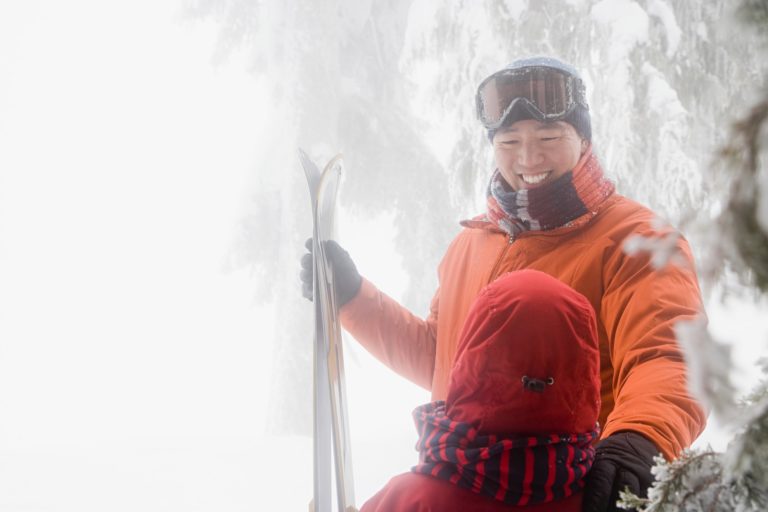Droopy Upper Eyelids and Treatment Options
Droopy Upper Eyelids and Treatment Options:
What can you do about my droopy eyelids?
In today’s Covid-19 world, with masks covering half of the face, the appearance of the eyes has become even more noticeable. Many patients have asked what can be done for drooping eyelids, and the answer is that there is almost always something that can be done.
How do droopy eyelids affect a person?
For many people, drooping upper eyelids is not just a cosmetic problem, it is a functional problem. This means that the lids are drooping so much that they actually block part of a person’s vision. This can lead to dangerous conditions while driving, difficulty seeing well enough to work, and problems enjoying leisure activities such as reading and watching TV.
Because drooping upper eyelids can affect a person’s quality of life, insurance will typically cover different types of upper eyelid surgery if the blockage is severe enough to meet certain criteria. For patients who do not yet meet those criteria, many opt to have cosmetic upper eyelid surgery in order to improve their appearance.
Why does upper eyelid droop happen?
One of the main reasons that a person’s upper eyelids droop down is called dermatochalasis (pronounced “derm-at-oh-ka-lay-sis”). This is simply the medical term for loose, excess skin that droops down on the upper eyelids. When there is too much excess skin, the skin can hang over the lashes and block the vision directly. It can also weigh down the upper eyelid, making it difficult to keep the eyes open as the day goes on. Even when extra skin is not so severe, it still affects the appearance of the eyes, and many people complain that their drooping lids make them appear tired, worn out, or older than they feel.
The other main reason for drooping eyelids is called ptosis (pronounced “toe-sis”). With upper eyelid ptosis, the entire lid droops, not just the upper lid skin. There can be several reasons for this, but by far the most common reason is stretching of the connection of the main muscle for raising the eyelid. When this occurs, the muscle has normal strength, but the connection (called the aponeurosis) has stretched out too far to fully raise the eyelid. This can be compared to the chain on a garage door opener being too long: the motor strength is fine, but the door can’t be raised completely.
Recognizing whether a person has dermatochalasis or ptosis—or both, as is often the case—will be the job of your surgeon.
What can be done for drooping eyelids?
Fortunately, surgical solutions for dermatochalasis and ptosis are very reliable. For upper eyelid dermatochalasis, a procedure called a blepharoplasty is performed. During this surgery, the surgeon measures the amount of skin and upper eyelid tissue that can be safely removed in order to improve the function and appearance of the upper eyelid. The surgery can safely be done under local anesthesia, meaning patients do not have to be put to sleep to have surgery. Scarring is minimal and is hidden within the natural eyelid crease.
For ptosis, a surgery called a ptosis repair can be performed, also under local anesthesia. This typically involves tightening the muscle connection for the upper eyelid. Excess skin can be removed at the same time. Oftentimes, the surgeon will ask the patient to open and close the eyes during surgery so that the proper lid height can be attained.
Both types of surgery have excellent success rates and are performed as outpatient surgeries, allowing patients to go home the same day to recuperate.
Who should I see for my upper eyelid surgery?
It is important to be assessed for surgery by an experienced and well-trained eyelid surgeon. The eyelid anatomy is intricately related to the health of the eye, and making sure that the eye stays healthy during and after eyelid surgery is extremely important. An ophthalmologist, especially one with additional skills or training in eyelid surgery, is well-prepared to care for patients and perform eyelid surgery to correct drooping eyelids. They can look for conditions such as dry eye, as well as more rare medical conditions, that should be taken into account when planning for upper eyelid surgery. This will help to ensure the best possible cosmetic and functional results.
At FVCL for your droopy upper eyelids and treatment options, we are always accepting new patients for eyelid surgery evaluation and treatment. Call or get a referral from your family doctor or optometrist to make an appointment with one of our specialists.
We accept patients for both MSP and private procedures. Call us now at 604-372-3937 or send an email at info@fvcl.ca for an appointment
Follow us on Facebook: Fraser Valley Cataract & Laser
Follow us on Instagram: @Fraser_valley_cataract_laser
Subscribe to our YouTube Channel: Fraser Valley Cataract & Laser







